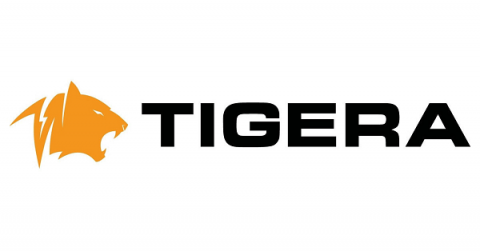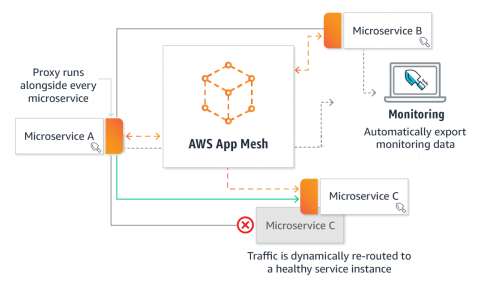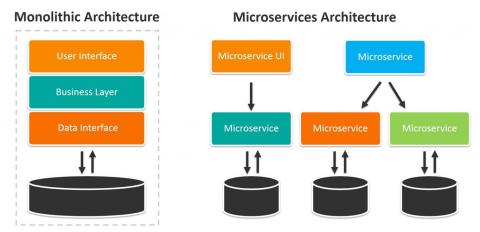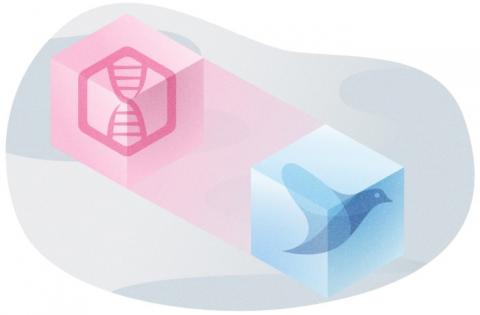A Practical Guide to the Journey from Monolith to Microservices
More developers are keen on practices in terms of how they modernize monolith application into microservices easier, quicker, and smoothly. There are many microservices development frameworks such as Spring Boot and Linux container, container orchestration tools make it faster for your Microservices journey.











